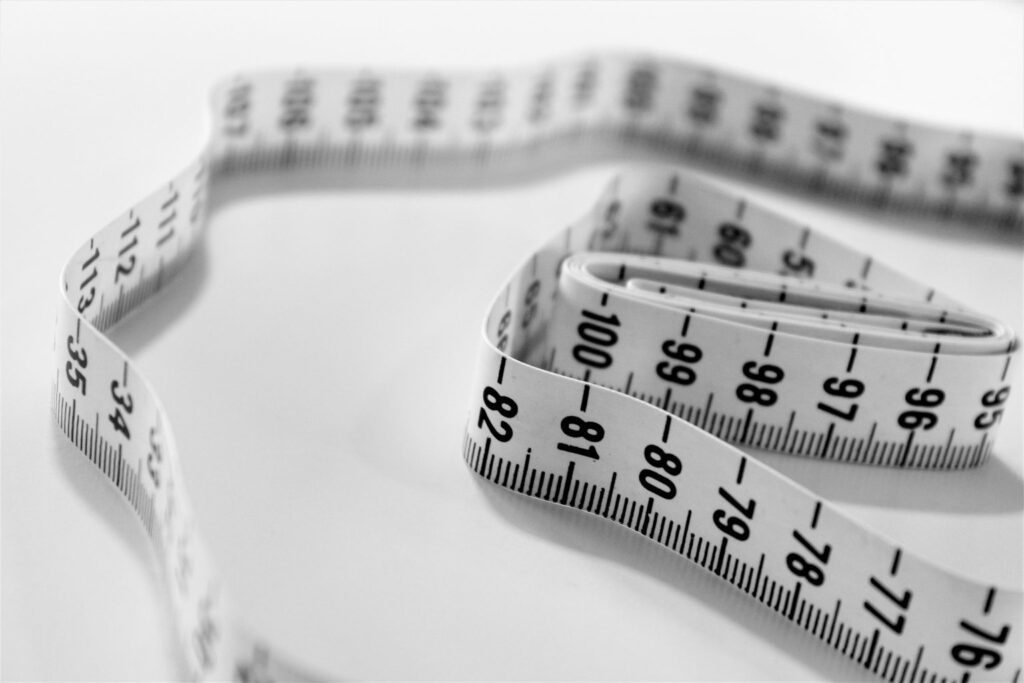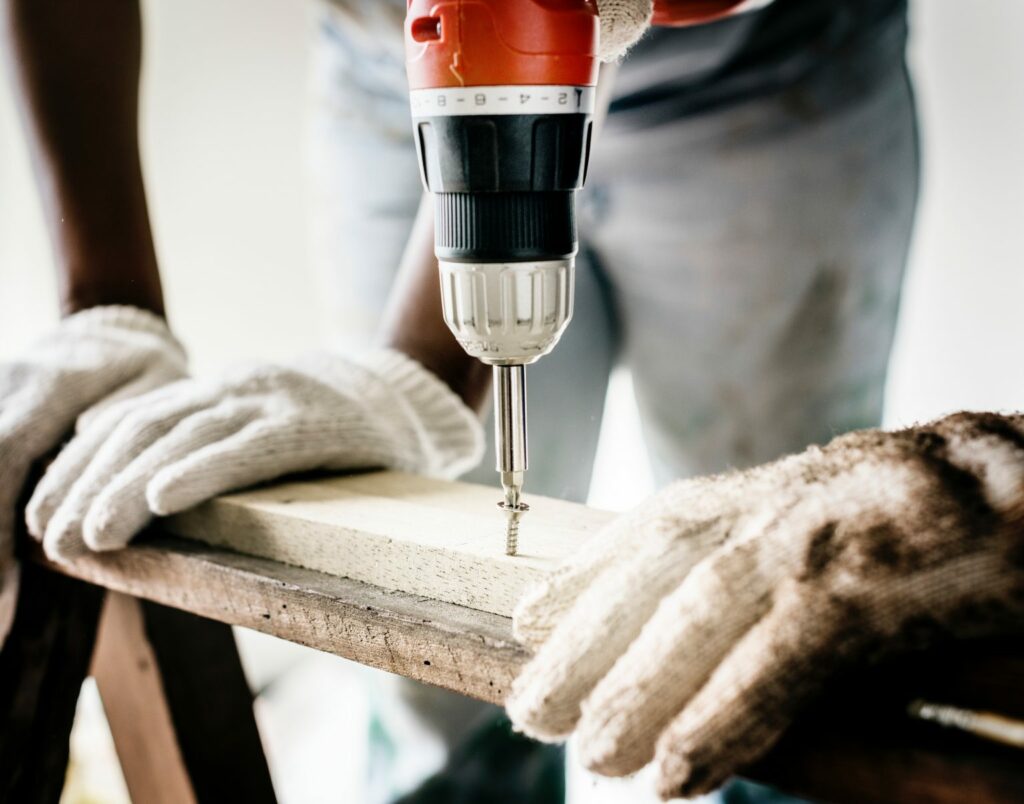If you find yourself often wandering between your home and your garden, then the large opening a decent set of external bifold doors will provide is sure to come in handy. The technology consists of a procession of panels, each of which connects to its neighbours so that the entire door can collapse in a concertina. This means that doors can be made extremely large, with the entire length of your home opening out into your garden. Unlike sliding doors, folding doors of this sort can fold into a space even smaller than the smallest panel, making them perfect for occasions where you need to move quickly between the interior and exterior. If you’re hosting an impromptu barbeque, for example, then your guests will be able to mingle between the house and the garden easily - and you’ll be able to retreat into the kitchen whenever you need to.
Folding doors also tend to look a little better than their counterparts, too - they’re just the visual centrepiece that your patio needs to really stand apart. There are myriad styles, sizes and materials to choose from - so you’ll be able to select one that matches with your interior (and, naturally, your personal tastes).
But for all of these advantages of bifold doors, getting an external one into place requires a little knowledge. Get things wrong and you might end up with a security risk - or a draughty doorway. Let’s therefore take a look at how to properly install external folding doors into your home.
How to Measure External Bifold Doors

Before selecting your door, you’ll want to first be sure that it’s going to fit into the space you have in mind. External bifold doors are built to fit within an opening that’s 1800mm or wider - which is around the same size as two ordinary door panels placed next to each other. The standard height for a door is 2095mm. Whilst it might seem strange to measure such large spans in millimetres rather than centimetres, the reason for doing so will swiftly become apparent when you go to install your door: if there’s a gap of more than a few millimetres around the edge of your door, then draughts are inevitable.
Measure the sides of the frame using a spirit level. If the opening is sufficiently square, you’ll be able to move onto measuring its dimensions. Take three measurements for both the width and the height, measuring the top, middle and bottom of the frame, and then the left, right and centre. A variance of a few millimetres might be expected. Deduct around ten millimetres from the smallest of these measurements and use that to get the size of your door. Your door should be within a ‘fitting’ tolerance of a standard size. This tolerance is usually just over ten millimetres. Naturally, some openings might be non-standard - in which case you’ll need to opt for a custom-made alternative instead.
Of course, as well as the door itself, a folding setup requires a few extra bits and bobs which contribute to its total size. Chief among these is the track to which all of the door’s panels are tethered via miniature wheeled carriages. These tracks are what prevent the entire door from swinging out into the room, and they can be built either into the floor or the ceiling. You’ll need to add around forty-five millimetres to the height of your door to allow for this.
If you’re opting for a top-hung door, you’ll want to ensure that the surrounding frame is able to support the door’s weight. For external doors, it’s worth finding out whether you need planning permission. It’s rare - but if it turns out that you do, it’s best to find out before getting started.
Finally, you’ll need to check the layout of the surrounding room - since, naturally, your door will need sufficient space to open. If there’s not much room for manoeuvre, it might be best to choose smaller panels rather than larger ones.
How to Install and Hang External bifold Doors

Fitting external bifolds isn’t a very difficult job so you can install them yourself. With that said, it’s important to ensure throughout that your doors are flush, square and level. For this reason, it’s worth keeping your spirit level to hand at every stage of the process. That way you’ll be able to stave off any slight misalignments. Correcting for mistakes later can be frustrating and time-consuming, so be sure to get it right the first time. It may be easier to do with a second pair of hands also. Time is of the essence when it comes to external doors.
First, assemble your tools. Along with all of the equipment that came with the door, you’ll need:
- A drill.
- 2.5x25mm drill bit.
- 8x70mm drill bit.
- Silicone sealant.
Ensure that the bottom is level before assembling and installing the sill according to the instructions provided. Drill pilot holes through the bottom of the door through the fixing holes, around 100mm, 250mm and 400mm from each end.
Next, assemble the frame using the provided woodscrews and gaskets. Apply silicone sealant to the joins around the frame as it’s coming together - this will guard against draughts. Once everything is in position, you’ll want to re-check the frame using your spirit level. If there are any areas of inconsistency, loosen or tighten screws appropriately until things are straightened out. Then screw the tie plates to the underside of the frame using the pilot holes.
You’re now ready to place your frame into the opening. This is where you’ll certainly need a helping hand (or two). Adjust the position of the doors until the fixing holes in the head track are aligned. Drill through the holes into the masonry. You’ll need to remove the top of the frame to drill into the lintel, as you’ll need around 40mm of depth to get the screws in.
Next, pack out the frame with a 5mm layer of packing. Don’t be overzealous here - if the door is too snug then you’ll encounter problems further down the line. Use a spirit level to ensure that everything’s straight, and then do the same thing for the sides of the frame. When the door is packed and stable, you’ll be able to drill into the sides of the door through the prepared holes in the jambs. Having done this, you’ll be able to insert the fixing bolts through the jambs - tighten them, but not so much that the timber begins to distort.
Having done this, fix the sill and head, using a drill and masonry plug to attach each tie into place. Affix the head in stages, working your way from the outer fixings to the inward, tightening each screw slightly as you go. Don’t fully tighten the screws right away, as this will bend the head.
Next, you’ll want to attach the locks and hinges to the panels. How you do this will depend on the exact model of door you’ve purchased. Attach the carrier hinges and pivots to the tracks, making sure you’ve left room to reach the adjustment screws after installation.
You should almost be ready to install - and that’s required it to hang the doors themselves. If you’ve been patient, and careful to keep everything straight and flush up to this point, then this job will probably be quite a straightforward one.
How to Adjust External bifold doors
Over the course of your door’s lifespan, you’ll want to make occasional minor adjustments to ensure that it functions properly. In the case of external doors, which must face the elements, alongside the wear-and-tear that comes with frequent use, keeping on top of things might be especially important.
When you slide your door across, you might find that some sections of the door move more easily than others. If the lead panel (the one you actually pull) isn’t set properly, you’ll need to move it to the left or right in order to achieve that all-important smoothness of motion. You should be able to adjust the hinges and top track with an Allen key to get the door parallel with the tracks - but some experimentation will almost certainly be required. Patience is key.
If your door is too low, it might fall out of the track or drag against the bottom. You’ll be able to adjust the height using the door’s hinge bolts. A little lubricant, regularly applied, will also help to ensure that the door runs smoothly.
In some cases, it might be necessary to entirely remove the doors and repair certain components. One common source of trouble is the hole into which the bottom pin sits - if it gets worn out, then the pin will begin to wobble. You may need to fill the hole with sealant before creating an entirely new hole or replace the pin itself.
Getting a bifold door installed isn’t a trivial job - but it is one that can be performed without any prior training or qualifications. All that’s required is a saintly amount of patience. If you don’t feel comfortable installing your doors yourself, then it’s worth hiring in a professional joiner or carpenter to do the job on your behalf!

